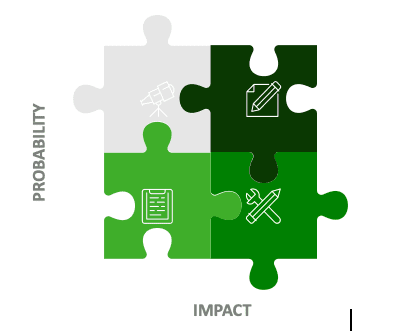That organization, like many that you are likely familiar with, is facing tremendous challenges, which made the time right for some serious re-thinking.
The issue of “re-thinking how we do things” is making a comeback among many of our clients.
Why?
Because changes in priorities resulting from the increasing availability and use of data mean that we need to re-learn what factors motivate our customers to buy (Mapping), analyze what strategies and tactics work best when interacting with them (SWOT – Strengths, Weaknesses, Opportunities and Threats) and achieve team alignment on strategic initiatives (SMART Goals – Specific, Measurable, Attainable, Repeatable and Time-Bound).
The recap of our strategic planning meeting can be useful to you and your colleagues when planning similar activities because you will get a sense of what activities resonated with participants. and what could work for your organization.
The objectives for the retreat were straightforward:
- Deliver an experience that made everyone feel included, heard, and challenged
- Learn about key developments in our markets (e.g., regulations, technology, science) to get a 360° view of the environment now and 3 years out
- Work on strategic topics that inspire the audience and drive engagement throughout the organization
- Develop breakthrough goals and initiatives to drive execution within the organization
Although the organization is doing well, the exercise called for a radical re-thinking of how the organization does business. The event “script” ended up being vastly different from the format of previous retreats the client hosted. I suggested a Failure Mode and Effects Analysis (FMEA) based approach that usually works great for turnarounds: What can happen? It is real? Is it big? How can we mitigate/embrace it?
Once we agreed to a structure, management and I went to work:
- Identifying as many Risks & Opportunities (R&Os) as we could by surveying board members and advisors, ending up with about 30 responses
- Grouping & prioritizing R&Os to a top-10 list which the board approved
- Assigning two members of the management team and a champion from the board to conduct research and obtain as much data as possible on each R&O (e.g., demographics, trends, implications, possible solutions, competitive intel)
- Creating a 20-page booklet with all data and sharing it with the retreat participants as pre-read for the event
The event was held at a nice resort, away from our day-to-day distractions. We had two full days of learning, thinking and planning balanced with trivia contests, fun & games, and lots of networking moments.
Here’s a summary of the agenda:
Day 1
- Learn from the Experts – 3-4 keynote speakers talked about the future from their perspectives
- Understand Where We Are & What We are Already Working On – Executive review of the SWOT analysis and project pipeline to avoid re-inventing the wheel
- Review the Top-10 R&Os — Assess probability of occurrence and severity of impact in our initial workshop. We collected individual scoresheets and tabulated them
- Mitigate/Embrace C&Os – Prepared open questions to get the teams to collaborate and collected individual scoring/input sheets that answered these questions:
- Do we already have initiatives?
- Do we need new ones?
- How do we mitigate negative impact?
- How do embrace positive opportunities?
- What else do we need to succeed?
- Use a FMEA spreadsheet to score and rank R&Os with the Risk Priority Number (RPN) approach. Since we had 5 committees, we assigned one R&O to each committee for the next day’s work.

Day 2
- Form a “Voice of the Customer” panel to connect the organization’s mission/purpose with its activities
- “Fast Forward” to Visualize Success in 3 Years — “Your team is on the front page of TIME Magazine! Congratulations! Now walk back from the future. What happened?” We collected the input sheets that told us:
- Who was the Champion?
- Who was on the team?
- Which area(s) of strength or weakness(es) was/were leveraged/mitigated?
- Identify Milestones, Goals & Strategic Initiatives. What were the two main deliverables we had to produce to earn success over the next the years? We collected the input sheet.
The result? An A+ score from all participants surveyed and a solid set of goals/initiatives with “legs” and “support” from executive leadership and the board. Nothing replaces those 2- to 3-day sessions where much is accomplished in formal meetings and even more gets done during breaks and at dinner!
So, get started. It’s time to host a retreat to deliver positive change within your organization, your company, or your department.
Let’s Connect to Discuss How We Can Help:

